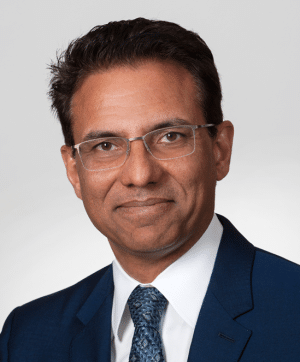
Center for Vein Restoration
7474 Greenway Center Drive (Maryland Trade Center 2)
1000
Greenbelt, MD 20770

Varicose Veins Your Questions
How common are varicose veins?
About 50-55% of American women and 40-45% of American men suffer from some form of vein problems. Varicose veins affect one out of two people ages 50 and older.
Who usually has varicose veins?
Many factors increase a person's chances of developing varicose veins. These include
Increasing age
Having family members with vein problems, or being born with weak vein valves
During pregnancy there is a huge increase in the amount of blood in the body. This can cause veins to enlarge. The expanding uterus also puts pressure on the veins. Varicose veins usually improve within three months after delivery. A growing number of abnormal veins usually appear with each additional pregnancy
Obesity, leg injury, prolonged standing and other things that weaken vein valves
Why do varicose veins usually appear in the legs?
The force of gravity, the pressure of body weight and the task of carrying blood from the bottom of the body up to the heart make legs the primary location for varicose veins. Compared with other veins in the body, leg veins have the toughest job of carrying blood back to the heart. They endure the most pressure. This pressure can be stronger than the veins' one-way valves.
Are varicose veins
painful or dangerous?
Varicose veins usually enlarge and worsen over time. Severe varicose veins can cause health problems
They can be debilitating and cause lifestyle-altering symptoms.
Spider/reticular veins may advance to non-healing sores; ulcers can occur on skin tissue around varicose veins.
There can be ongoing irritation, swelling of the legs, in addition to painful rashes.
It is because of these significant issues that the treatment of varicose veins is not a luxury, but a necessity.
What are the symptoms
of venous insuffiency?
Some common symptoms of varicose veins include
aching pain
easily tired legs
leg heaviness
swelling in the legs (especially at the end of the day)
darkening of the skin (in severe cases)
numbness in the legs
itching or irritated rash in the legs
What are the treatment
options that are available?
In many individuals, since varicose veins are a chronic issue, there are several areas that need to be treated. Once the treatment areas are established by a physical exam and ultrasound study, varicose veins are best treated by either laser or radiofrequency ablation (closure) of the vein where the valves are not working properly.
Is treatment painful and
how long is the recovery process?
The good news about the current treatment of varicose veins is that it is relatively pain free and can be done in the comfort of a physician's office. In the past, treatment required a hospital stay and a painful procedure called vein stripping. New techniques and technology have led to the new laser and radio frequency approach that can be performed in less than one hour and have you back on your feet and back to your activity and/or work (if you so desire) on the same day!
Is the treatment of varicose
veins covered by insurance?
Yes, since this is a medical issue that can lead to serious health consequences, most insurance companies do cover the treatment of varicose veins. CIGNA, however, is one of the insurance companies that does not cover treatment of venous insufficiency in all of its plans. Most insurance companies, like physicians believe the treatment of varicose veins is not a luxury, but a necessity and should be taken care of immediately.

















